What caused the issues with 5G rollout? This week’s news is rife that 5G towers and the rollout of a certain broadband width may have an adverse effect on aircraft safely landing in the USA. Emirates, Air India, and British Airways are just a few of the airlines that have halted their operations to fly to the United States.
As I am sure you are aware 5G is becoming part of our everyday lives when using technology – in the UK we have had access to 5G since 2019 but its inconsistent rollout means that we haven’t got it everywhere yet. The same goes for the US, their rollout has been sporadic and now they are facing even more delays. But why?
Some of USA’s 5G networks operate between the frequencies of 3.7Ghz and 3.98GHz. This could be somewhat problematic due to the Radio Altimeter using frequencies between 4.2 and 4.4GHz. The separation guard band is only 0.2GHz which could potentially impede on the safety of aircraft operations close to the ground.
As we alluded to earlier, 5G isn’t new technology and in fact, some countries have rolled out this new cellular broadband with little to no implications on aircraft. France for example boasts a successful rollout, and this is how they did it:
- There is a buffer around the airport that allows for 96 second of flight undisturbed by potential 5G tower frequencies.
- France’s 5G uses frequencies 2.1GHz to 3.5 GHz increasing the separation guard band, it is also not as powerful as the Americans, in fact, the USA 5G power is 2.5 times more powerful.
- In France, the antennas on the 5G towers are tilted downwards as it limits harmful interference with the approaching aircraft.
The USA and FAA published a delay to the 5G rollout earlier this month whilst resolutions were being investigated. However, as of 19th January, the two weeks are up and NOTAMs are being issued across the states not authorizing Cat II/ Cat III / Autoland procedures which as you can imagine in the depths of winter in North America poses somewhat a challenge.
If it is enough of a risk to stop some of the biggest carriers, why haven’t all planes stopped flying the transatlantic routes?
Simply put, not all of America is affected. Like many other countries, rolling out 5G has been intermittent, some places have had it for years and others are only just getting used to 4G. Airports in places where 5G hasn’t yet been rolled out, such as Denver International Airport and Ronald Reagan Washington Airport are more than safe to operate to and from.
The equipment on the aircraft that is most affected by 5G frequencies, is the radio altimeter. This instrument is vital for operating very close to the ground or terrain, in fact, it can only be used when you are within 2500ft of the surface. Approach and landing are the most complex and mentally demanding phases of the flight, that combined with the lack of trust in your instrument is only going to elevate the already sky-high figure which is more than 60% of incidents occur in those last few minutes of flight. It is more than safe to fly at altitude over these towers as aforementioned, you do not require your radio altimeter till you are intending to land.
The United States, FAA, and the telecommunication companies also worked out some temporary solutions during the two-week delay where there was a restriction on the antenna operation areas close to key airports. The 5G transmitters were supposed to switch on on the 5th of January but for the last two weeks, there has been a theoretical buffer implemented around the key airports. The FAA have now released those 50 airports that will continue with these buffer zones for the next 6 months, whilst the telecommunication companies devise a safer more robust rollout plan. The FAA has also said that aircraft will not be allowed to complete low-visibility operations unless they have not got a proven accurate and reliable altimeter that works within the US 5G band environment.
As the days and weeks go on, we hope that the issues regarding the rollout of the new bandwidth is quashed and that transatlantic flights can continue to land in the US safely as before – for a repeat of Wednesday 19th January where chaos caused fear and more cancellations of flights, could further set back the recovery of the airline industry.
